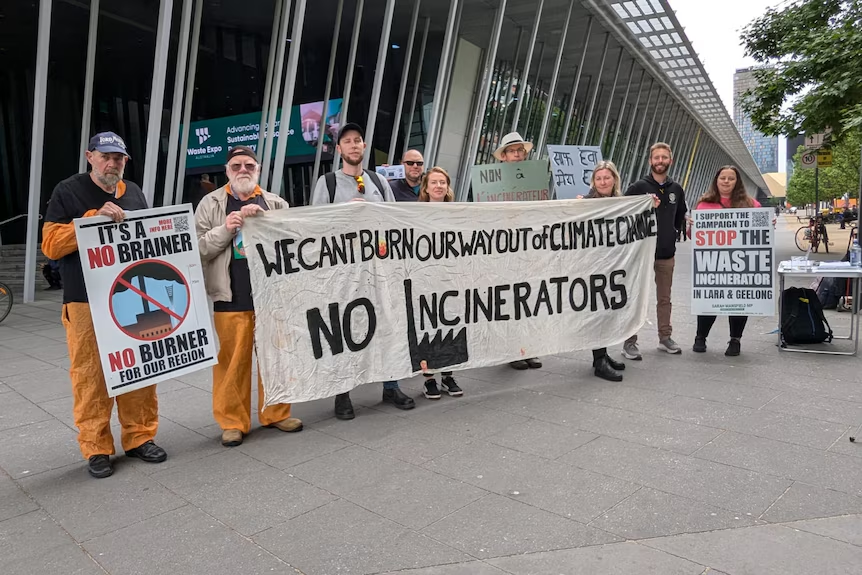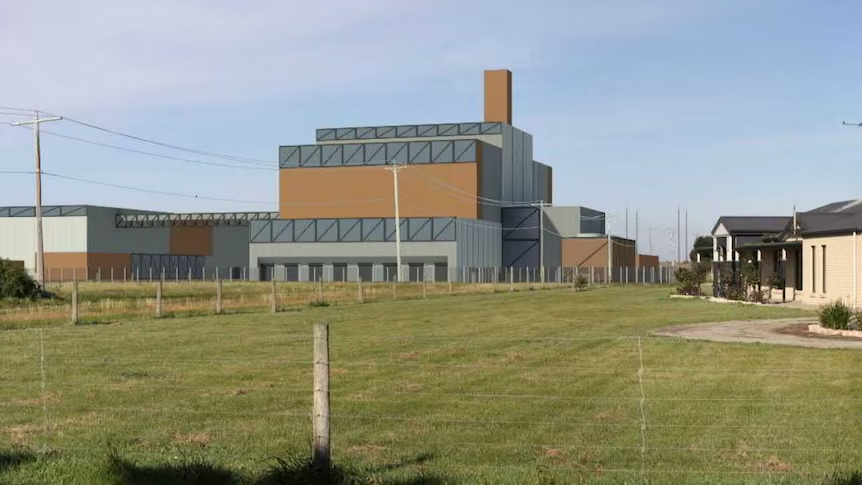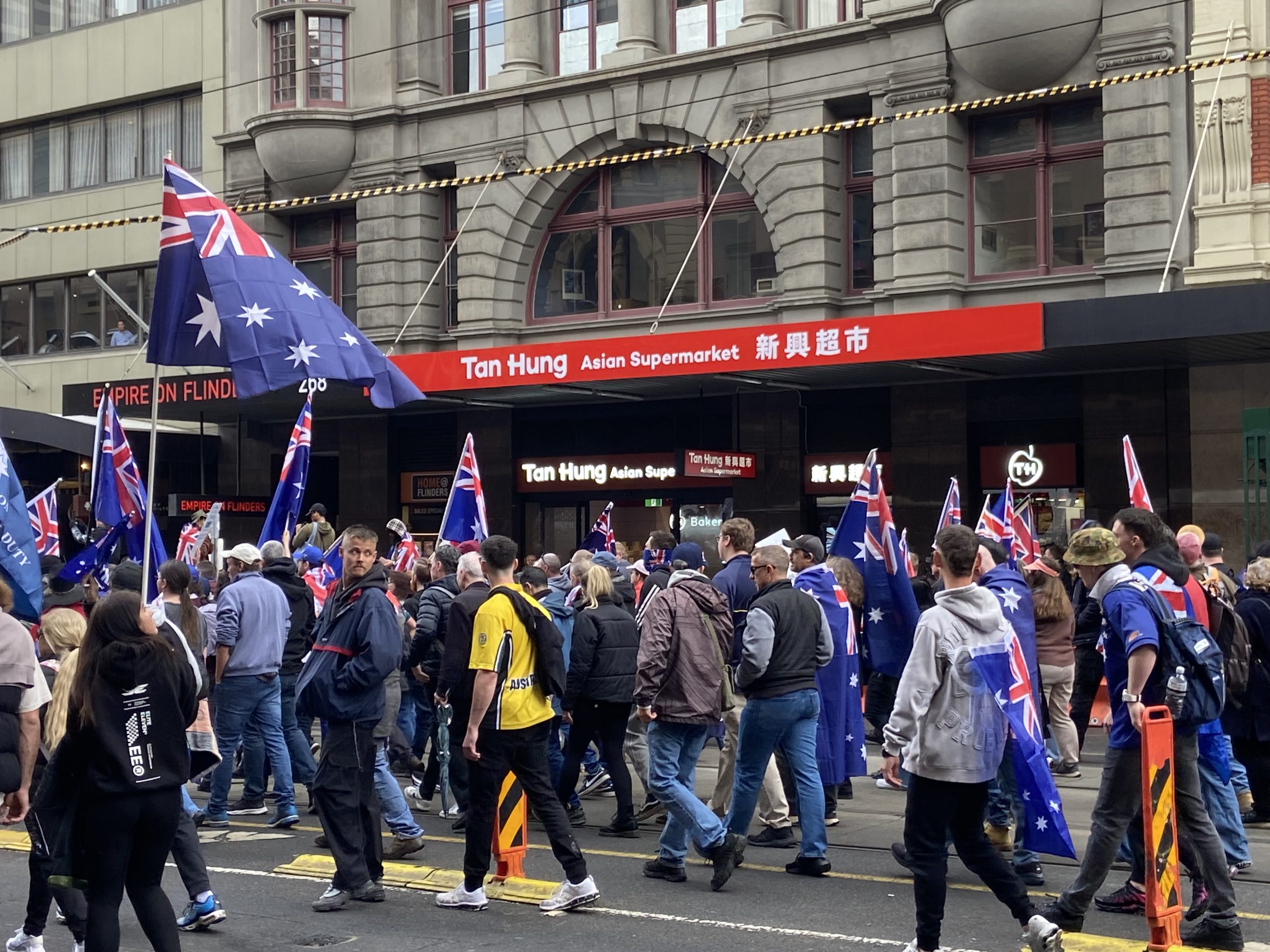A controversial waste-to-energy project proposed for Geelong’s suburban fringe has direct links to two major Chinese state-owned enterprises, it can be revealed.
The waste incinerator is designed to burn through 400,000 tonnes of rubbish annually — redirecting the trash from landfill and transforming it into energy for the state’s grid.
400,000 tonnes per annum is over 11,000 truck movements into and out of the facility per year or nearly 50 per day.
But the proposal has prompted local backlash, with residents concerned the incinerator would be built too close to homes and produce toxic emissions.

Community frustrations also centre around the transparency of who is behind the project, as the facility’s purported cost balloons from $300 million to $700 million.
And while most other Australian waste-to-energy projects have publicised major funding partners, the big bucks behind Lara’s incinerator are yet to be revealed — even as Victoria’s planning minister considers whether to approve the project.
What is the project?
In 2023, the Environment Protection Authority (EPA) granted Prospect Hill International a development licence to build a waste-to-energy facility in Lara, about 10km north of Geelong’s CBD.
The incinerator aims to burn residential, commercial and industrial waste to produce about 35MW of power to be fed into the state’s grid — enough, Prospect Hill says, “to power 50,000 homes”.
It would also be built just over 1km from Lara’s town centre, a few hundred metres from the nearest residential doorstep, and its 80m-tall chimney would become the tallest structure in the region.
How will the waste get to the incinerator?
The plan is for 400,000 tonnes of waste to enter the lara area with no plan for a rail connection meaning under the process with Freight Vicrtoria and the Department if Transport and Planning, this toxic waste would need to be “trucked” to the site making the roads around the area even less safe, causing headaches for local residents and congesting the Geelong to Melbourne highway even more than it is today.
Clearly a rail connectiion should be mandated as a component of facility build. Rubbish can be loaded at various locstions across the state and can be railed to the incinerator.
Freight Victoria appear to be clueless about how to make the roads safer and shift the bugeoning freight load from road to rail something the community expects without compromise.



